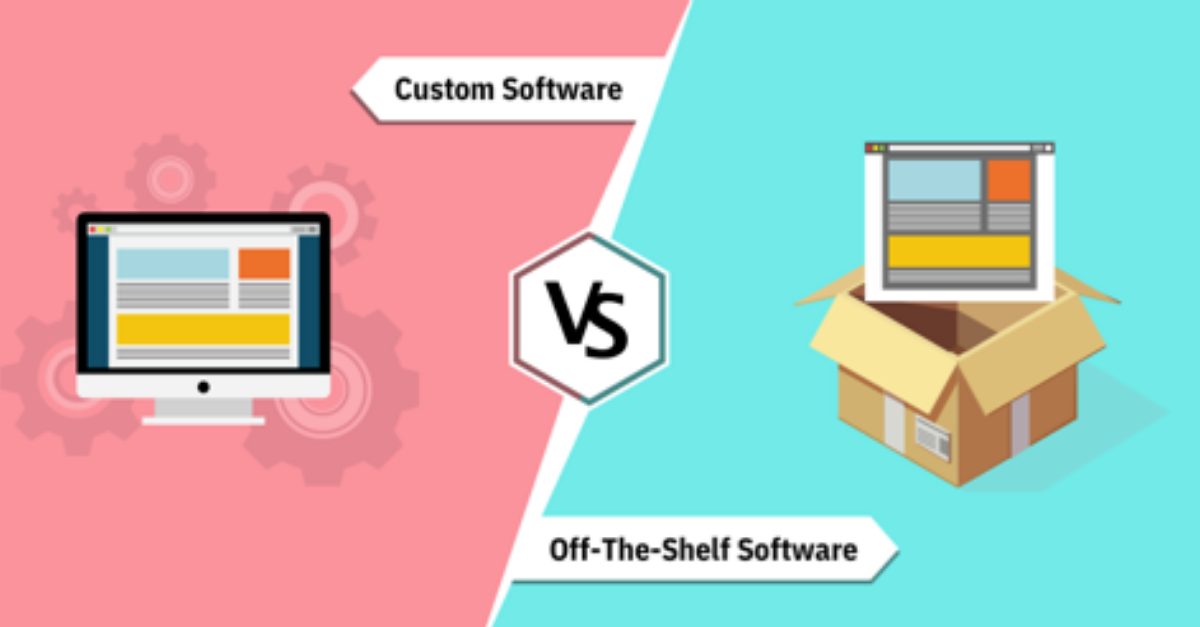In today’s fast-paced digital learning environment, organizations are increasingly turning to eLearning to upskill employees, deliver training, and drive performance. With a variety of solutions available—from generic off-the-shelf modules to fully custom e learning platforms—organizations must make a critical decision: stick with readily available content, or invest in a bespoke learning experience.
While off-the-shelf courses offer speed and convenience, they rarely align perfectly with a company’s specific goals, culture, or learners’ needs. In contrast, custom elearning courses are built from the ground up to reflect unique objectives, making them significantly more effective in the long term.
In this article, we explore why partnering with a custom elearning solutions company to develop tailored digital learning is often the smarter and more impactful choice.
Understanding the Difference: Custom vs. Off-the-Shelf

Before comparing benefits, let’s clarify the difference between the two.
Off-the-Shelf Courses:
These are pre-built eLearning modules available for immediate use. They typically cover general topics such as workplace safety, compliance, time management, or software tutorials. Examples include content from providers like LinkedIn Learning or Skillsoft.
Custom eLearning:
Custom e learning is tailored to the specific needs of a business. It takes into account company branding, industry, workflow, goals, and learning styles. A custom elearning solutions company typically designs these courses through a collaborative process involving subject matter experts (SMEs), instructional designers, and multimedia developers.
Why Custom eLearning Outperforms Off-the-Shelf Solutions
1. Alignment with Business Goals
Off-the-shelf content is designed for a broad audience, not your unique business. In contrast, custom elearning courses are developed with your specific objectives in mind.
Example:
A manufacturing company may want to train workers on proprietary machinery. No off-the-shelf module exists that matches their exact specifications. A custom course allows the inclusion of real equipment images, simulation of processes, and relevant scenarios, directly improving job performance.
2. Tailored to the Learner
Effective training depends on relevance. Online custom elearning courses can adapt tone, language, examples, and interaction styles to suit your target audience—whether they’re executives, frontline workers, or remote teams.
Custom learning accounts for:
- Language localization
- Varying literacy or technical skill levels
- Department-specific needs
This personalization boosts engagement and knowledge retention.
3. Reflects Company Culture and Branding
Training is also an opportunity to reinforce internal culture. Custom courses can align visually and contextually with your brand—right from color schemes and logos to values and tone of voice.
This consistent branding within your custom e learning environment enhances internal identity and creates a seamless learner experience.
4. Flexibility in Design and Delivery
A major limitation of off-the-shelf courses is their rigid structure. They often follow a linear path and offer little room for customization.
Custom elearning solutions allow you to:
- Choose instructional strategies (e.g., gamification, simulations, microlearning)
- Include interactive elements such as quizzes, scenarios, and branching paths
- Design mobile-first or desktop experiences
- Integrate with internal systems like CRMs or ERPs
This flexibility ensures the training fits your infrastructure and supports different learning styles.
5. Scalability and Reusability
Custom courses can be designed for scale, enabling large organizations to deliver consistent training across geographies. They can also be updated and repurposed with ease.
For example, a product training module can be reused for customer support teams, sales reps, and onboarding new hires—with minor adjustments. This multiplies ROI over time.
6. Better Learning Outcomes
Studies consistently show that people learn better when the material is relevant, engaging, and practical. Custom elearning courses achieve this by:
- Using real-world examples
- Including job-specific tasks
- Offering scenario-based assessments
Rather than passive learning, learners engage actively, apply knowledge immediately, and retain it longer.
7. Data-Driven Insights
Custom eLearning can be integrated with your Learning Management System (LMS) to capture detailed learner analytics:
- Completion rates
- Quiz scores
- Time spent on modules
- Behavior patterns
This data provides valuable insights for refining future training, identifying skill gaps, and measuring ROI—capabilities often limited or unavailable in off-the-shelf solutions.
8. Support and Maintenance
When you purchase off-the-shelf content, ongoing support is limited to the vendor’s discretion. With a custom elearning solutions company, you gain a partner invested in your success.
You can:
- Update content regularly (e.g., policy changes, new regulations)
- Fix bugs or adjust interactivity
- Add new features or modules as your needs grow
This long-term support ensures your training remains relevant and effective.
Cost Consideration: Is Custom eLearning Worth It?
A common concern is the cost of custom development. Yes, creating a bespoke online custom elearning course requires a higher upfront investment. However, consider the long-term benefits:
- Higher engagement = better outcomes
- Fewer learner support issues
- Lower retraining costs
- Improved compliance and fewer errors
- Increased employee satisfaction and retention
Custom content often pays for itself in increased productivity and reduced turnover.
When Off-the-Shelf Still Works

While custom is ideal for strategic training, off-the-shelf content may still be appropriate in certain cases:
- Generic compliance topics (e.g., data privacy, anti-harassment)
- Basic software training
- Short-term needs where speed is critical
However, even in these cases, blending custom content with off-the-shelf modules can provide a balanced, cost-effective solution.
Working with a Custom eLearning Solutions Company
Partnering with a reputable custom elearning solutions company streamlines the development process. Here’s how it typically works:
Step 1: Needs Analysis
The provider evaluates your goals, audience, content availability, and infrastructure.
Step 2: Instructional Design
An instructional designer maps out learning objectives, selects strategies (e.g., simulations, video, storytelling), and creates a storyboard.
Step 3: Development
Developers build the interactive course using authoring tools like Articulate Storyline, Adobe Captivate, or HTML5.
Step 4: Testing and Review
QA testing ensures all elements function properly across devices and browsers. Feedback is incorporated before launch.
Step 5: Deployment and Support
The course is uploaded to your LMS or intranet and monitored post-launch for performance and feedback.
This structured approach ensures that your custom e learning solution delivers measurable value.
Trends Shaping Custom eLearning in 2025 and Beyond

Custom eLearning is evolving fast. Here are some trends that custom elearning solutions companies are embracing:
- AI-Powered Personalization: Adapting content in real time based on learner performance
- Mobile-First Design: Catering to an increasingly remote workforce
- Immersive Technologies: Using AR/VR for simulations and safety training
- Data-Driven Instructional Design: Leveraging analytics to optimize learning paths
- Microlearning Libraries: Creating modular content that can be repackaged and reused
These innovations ensure that custom eLearning will continue to outpace static, one-size-fits-all alternatives.
Conclusion
In the debate between off-the-shelf courses and custom e learning, the winner is clear when long-term effectiveness, relevance, and engagement are the goals. While generic content may suit basic needs, it falls short for organizations that value culture, performance, and strategic alignment.
Investing in custom elearning courses empowers organizations to create meaningful, personalized, and impactful learning experiences. By partnering with a trusted custom elearning solutions company, you can design scalable and data-driven training that not only educates—but transforms.
Whether you’re looking to onboard new employees, upskill your workforce, or roll out global compliance training, a well-designed online custom elearning course will always deliver deeper value than an off-the-shelf alternative.